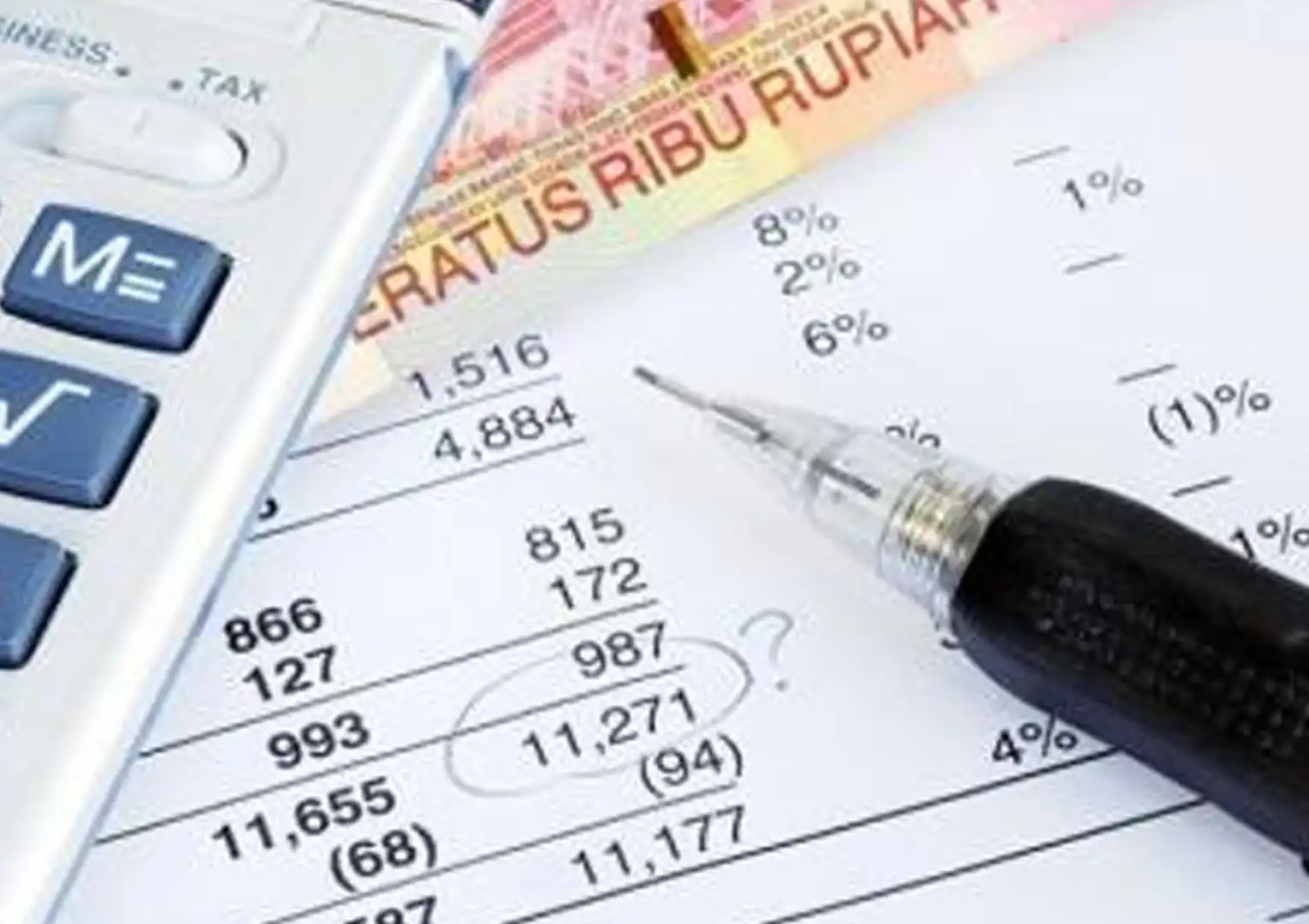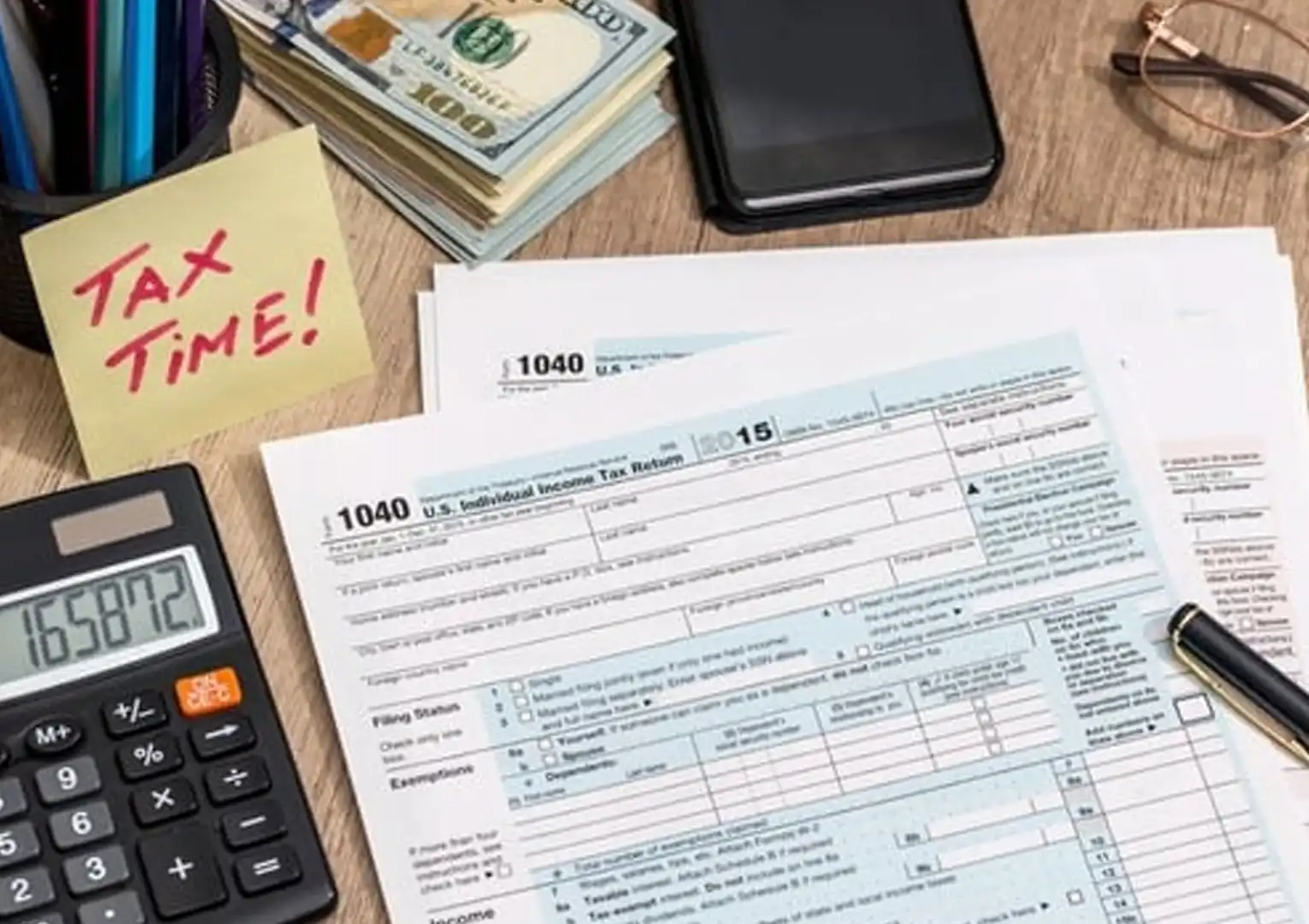Tax Increase: The Ripple Effect from Producers to Consumers
July 15, 2025
Bisnis
Share This Article

Early in 2025, the year kicked off with news that made business owners frown: the Value-Added Tax (VAT) was raised from 11% to 12%. The increase may seem small, but its effects are felt daily—prices for goods are rising, and consumers are becoming more cautious with their spending.
For micro, small, and medium enterprises (MSMEs), it’s more than just an extra charge—it’s a challenge in maintaining business viability under increasing pressure. As consumers cut back, entrepreneurs must strategically absorb higher costs without losing customers. So why did the government raise the tax, and what does it mean for consumers and businesses? Let’s dive in, Labamu Friends!
What Are Taxes and Why Are Taxes Increasing?
In simple terms, Investopedia defines taxes as the mandatory payments that individuals or businesses must make to the government.
The reason is that the government doesn’t sell products or offer services for profit like a private company does. Therefore, the only way to fund public services—such as roads, schools, hospitals, and national defense—is through the taxes we pay.
So, why are taxes going up? One primary reason is to increase government revenue to cover rising needs, such as infrastructure development, subsidies, or even debt repayment.
The government may also raise taxes when the economy calls for fiscal stimulus. For instance, tax hikes may occur when public spending increases but revenue hasn’t kept pace.
However, it’s important to remember that every tax increase ultimately affects the public—either directly as consumers or indirectly through higher prices for goods and services.
Ask ChatGPT
Impact of a Tax Increase on Consumers
When the government increases tax rates, consumers are the first to feel the impact. That’s because they bear the extra cost for every good and service they consume. Below are some of the most common effects consumers experience:
1. Bearing Higher Prices for Goods and Services
When VAT (value-added tax) increases, consumers inevitably pay more. Even a seemingly small increase—say 1%—can add up significantly over frequent daily purchases. This often causes people to become more selective with their spending, leading them to cut back on non-priority items.
2. Weakening of Consumer Purchasing Power
If prices rise while incomes remain flat, purchasing power naturally declines. Charles Steindel, writing for the Federal Reserve Bank of New York, explains that consumer spending shifts when taxes affect net income, since adjustments are linked to direct impacts on disposable income. So it’s expected for consumers to reduce spending on non-essential items, whether in the short run or the long run, depending on overall economic conditions.
3. Triggering Shifts in Consumption Patterns
Rising prices push consumers toward cheaper substitutes or alternatives—such as buying local products instead of imports, or dining out less frequently. Such changes reflect direct economic pressures, and they send a signal to businesses to adapt their offerings.
4. Heightened Price Sensitivity
Tax increases make consumers more sensitive to any price changes. They’re likelier to compare prices across products or services, and factors like discounts, cashback, or free shipping become key motivators in purchasing decisions. Businesses must be sharper in pricing strategies to stay competitive.
5. Widening Economic Inequality
Low-income consumers feel the effects of price increases more acutely than middle- or high-income groups. Even small price hikes can reduce their ability to afford basic necessities. Higher-income consumers, by contrast, can usually maintain their lifestyle. As for the middle class—they often find themselves in a “push-pull zone.” Their income is sufficient to cover essentials, but not always enough to comfortably sustain an elevated lifestyle. This forces them to think twice before spending.
What This Means for Businesses
Kenaikan pajak juga menciptakan tekanan tambahan bagi When governments raise tax rates, business owners—especially those of micro, small, and medium enterprises (UMKM/SMEs)—find themselves in a tough dilemma: how to remain competitively priced while facing unavoidable cost increases. This requires business owners to make more careful decisions, from pricing strategy to operational efficiency. Here are the key challenges they face
1. Difficulty Adjusting Selling Prices
When VAT increases, input costs for raw materials and support services inevitably rise. However, raising prices isn’t easy when consumers are already under financial pressure. Aggressive markup risks losing customers, while keeping prices stable erodes profit margins.
2. Shrinking Profit Margins
Higher taxes squeeze profit margins, especially for businesses operating on tight budgets. SMEs must pay more on VAT‑taxed goods and services, but revenue often lags behind. Without finding efficiencies or adopting smart pricing, net income can fall significantly—threatening business continuity .
3. Increasing Operational Costs
Taxes affect every part of the supply chain: logistics, rental, production equipment, and professional fees. Many SMEs struggle to track these additional costs properly, leading to ballooning expenses and disrupted cash flow.
4. Higher Administrative & Compliance Burden
Tax hikes often bring stricter enforcement. Businesses must maintain detailed records and file accurately, on time. SMEs unprepared for this may incur penalties or fines—even for minor mistakes—adding to financial stress.
5. Declining Demand
When consumers start cutting back because of rising prices, the impact can be felt immediately in sales revenue. Secondary and tertiary products—non-essential items—are often the first to be hit. To counter this, businesses need to shift their strategies, whether it’s through product innovation, promotions, or operational efficiency. Here's how:
The tax increase is certainly not welcome news for entrepreneurs, but that doesn’t mean business growth has to stop. In fact, it is during times like these that micro, small, and medium enterprises (MSMEs) are expected to become more adaptive. This includes reexamining cost structures, gradually adjusting prices, and seeking more affordable alternative suppliers or locally sourced raw materials.
Additionally, it’s important for business owners to maintain tidy financial records so they can monitor cash flow and tax obligations more accurately. With sound management, MSMEs can not only survive but continue to grow even in a challenging economic environment.
So, take advantage of the Labamu app to manage your business more efficiently and systematically. In a single app, you can record transaction details, access real‑time financial reports, and keep track of remaining inventory. Go ahead—download the app on Google Play or the App Store, and stay resilient in the face of economic uncertainty!














